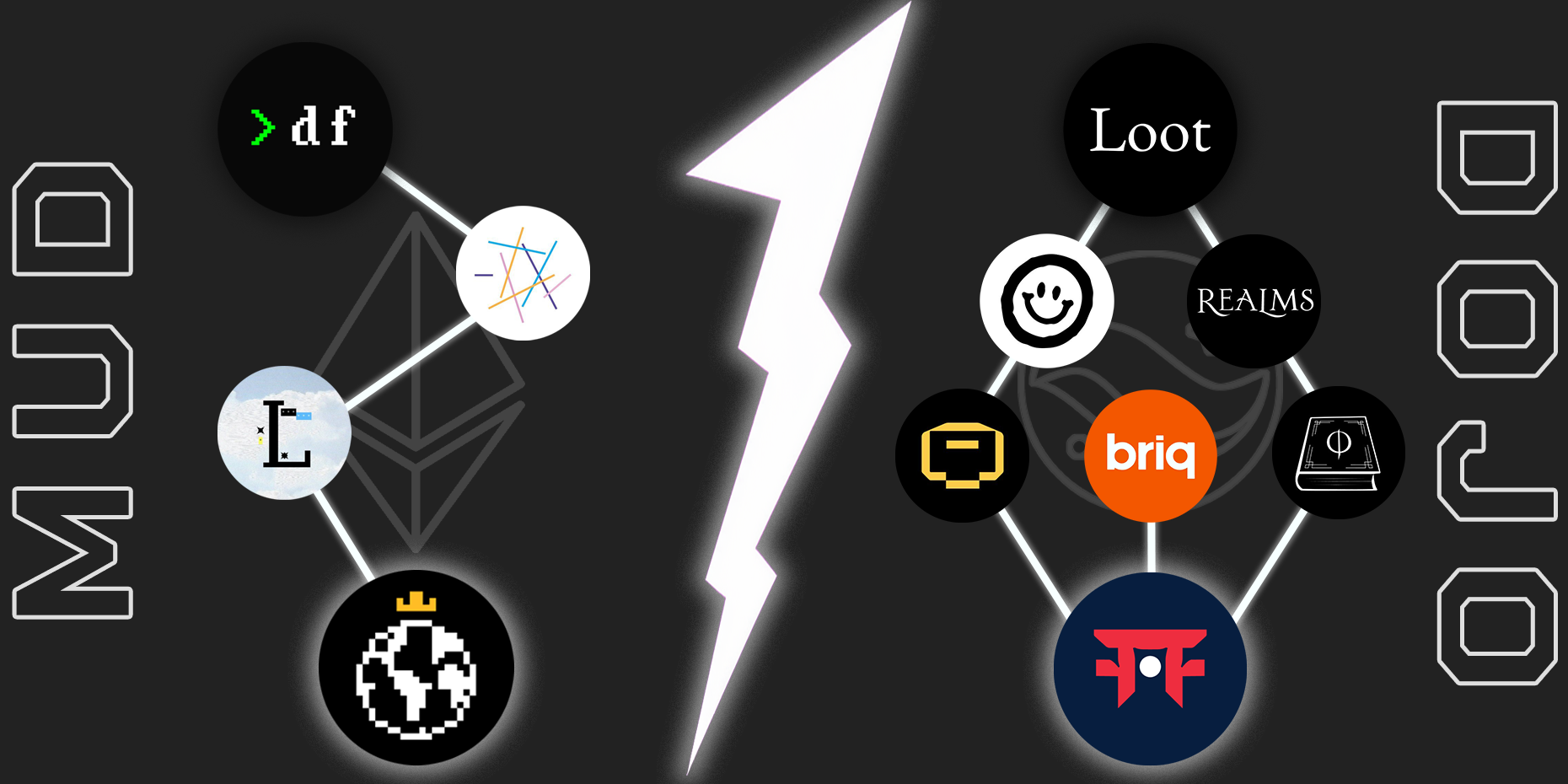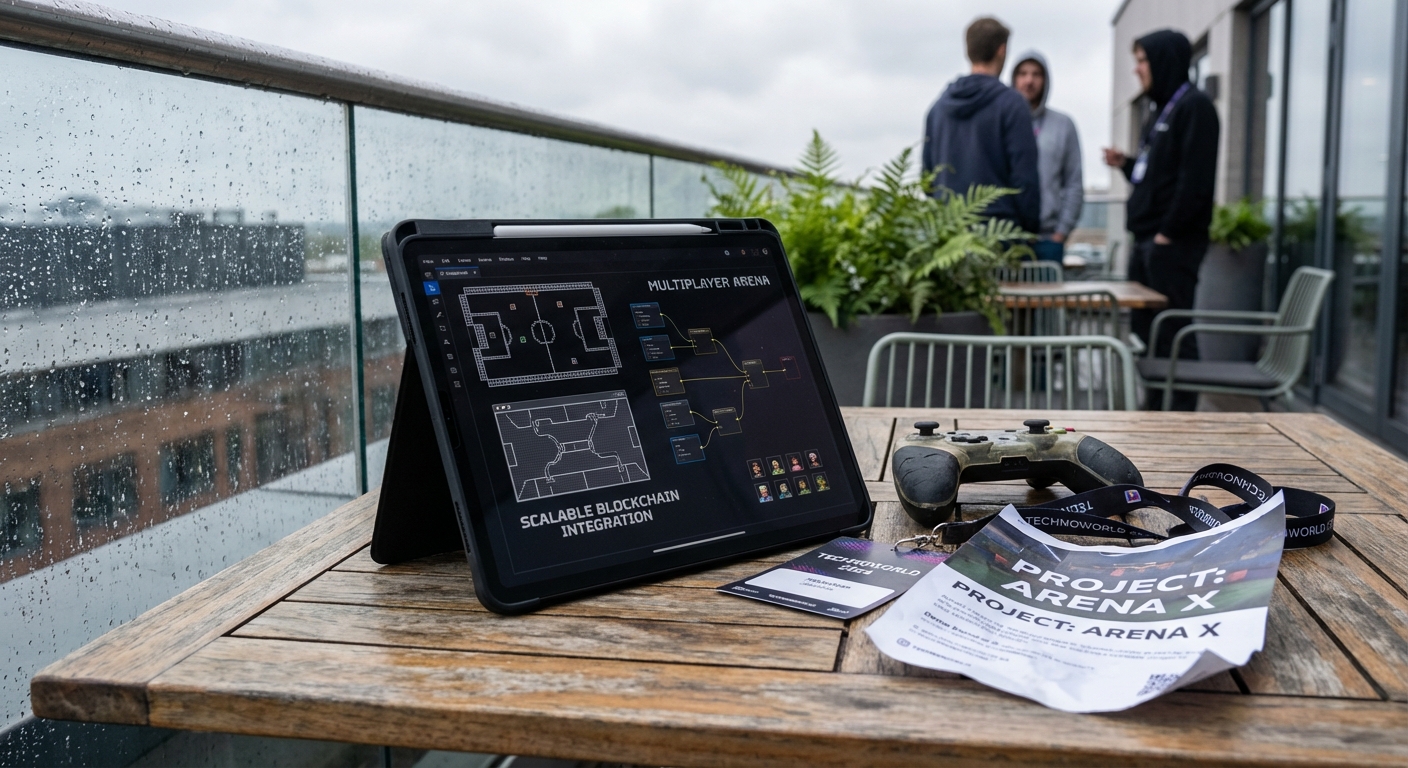Play-to-Earn in Fully On-Chain Games: How Rewards and Tokenomics Work

Play-to-earn on-chain games are rapidly reshaping the landscape of Web3 gaming, empowering players with the ability to earn real value through their gameplay. Unlike traditional games, where assets and achievements are locked within proprietary systems, fully on-chain games built using frameworks like MUD and Dojo store all game logic and data directly on the blockchain. This fundamental shift enables true asset ownership, transparent economies, and innovative reward structures that are verifiable by anyone.
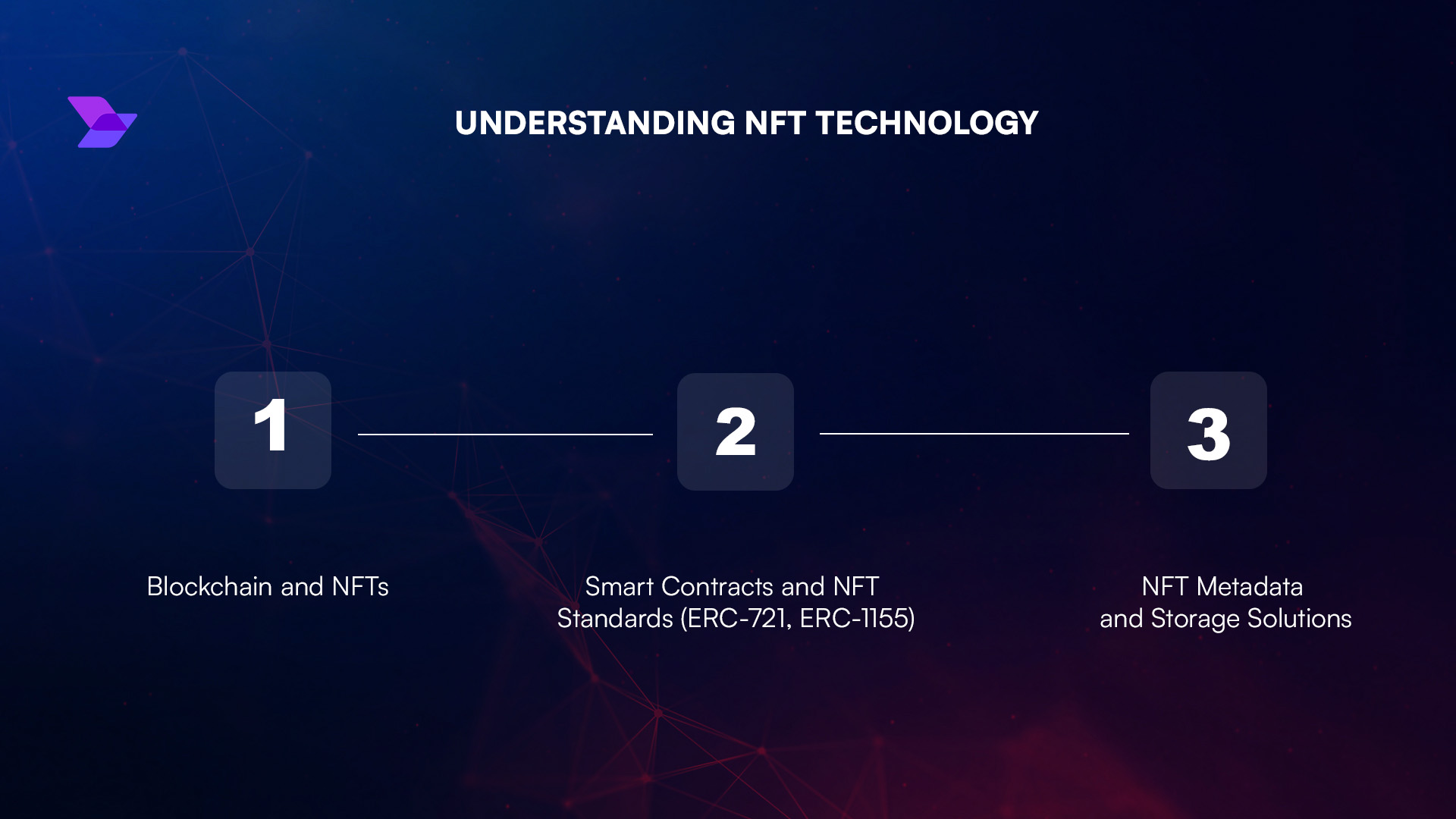
How Rewards Work in Fully On-Chain Games
In the world of fully on-chain play-to-earn games, rewards are more than just digital trophies. Players can earn cryptocurrencies or non-fungible tokens (NFTs) by completing quests, winning battles, or achieving milestones. These rewards are issued as smart contracts execute directly on the blockchain, ensuring that every transaction is transparent and secure.
What sets these games apart is that earned assets can be freely traded or sold in decentralized marketplaces. This means your hard-won sword or rare creature isn’t just bragging rights – it’s a verifiable asset you control entirely. For example, some titles built with MUD or Dojo let players earn tokens that can be staked for additional yield or used to unlock exclusive content.
Understanding Blockchain Game Tokenomics
The economic models underpinning these ecosystems – known as tokenomics – are crucial for both sustainability and player engagement. At their core, tokenomics defines how tokens are created, distributed, and utilized within a game’s universe.
Utility Tokens vs. Governance Tokens vs. NFTs in On-Chain Games
-
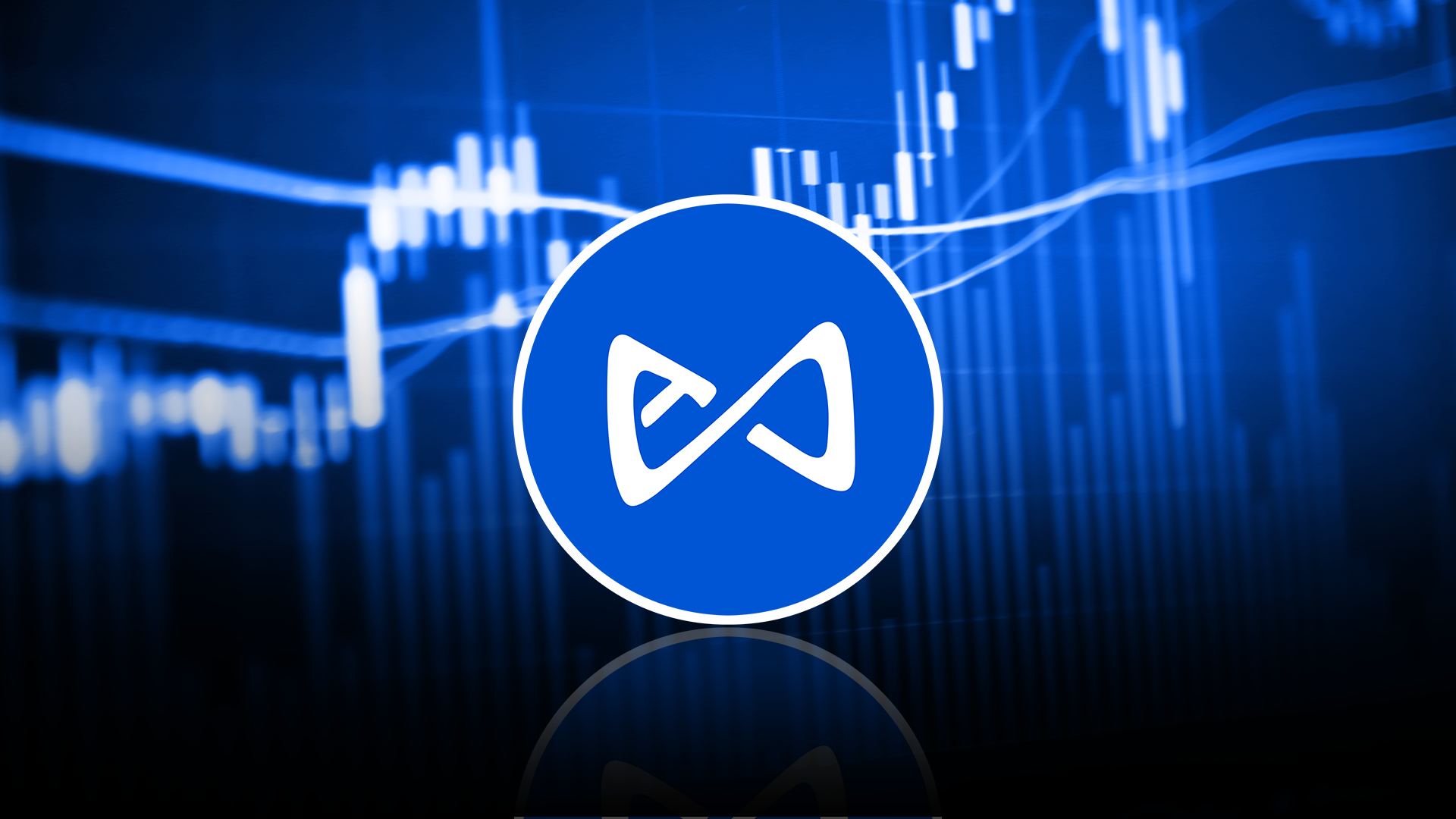
Utility Tokens: Serve as the primary in-game currency for transactions, purchases, and upgrades. Their value is tied to the game’s economy and can fluctuate based on player demand and supply. Examples include AXS in Axie Infinity and GALA in Gala Games.
-
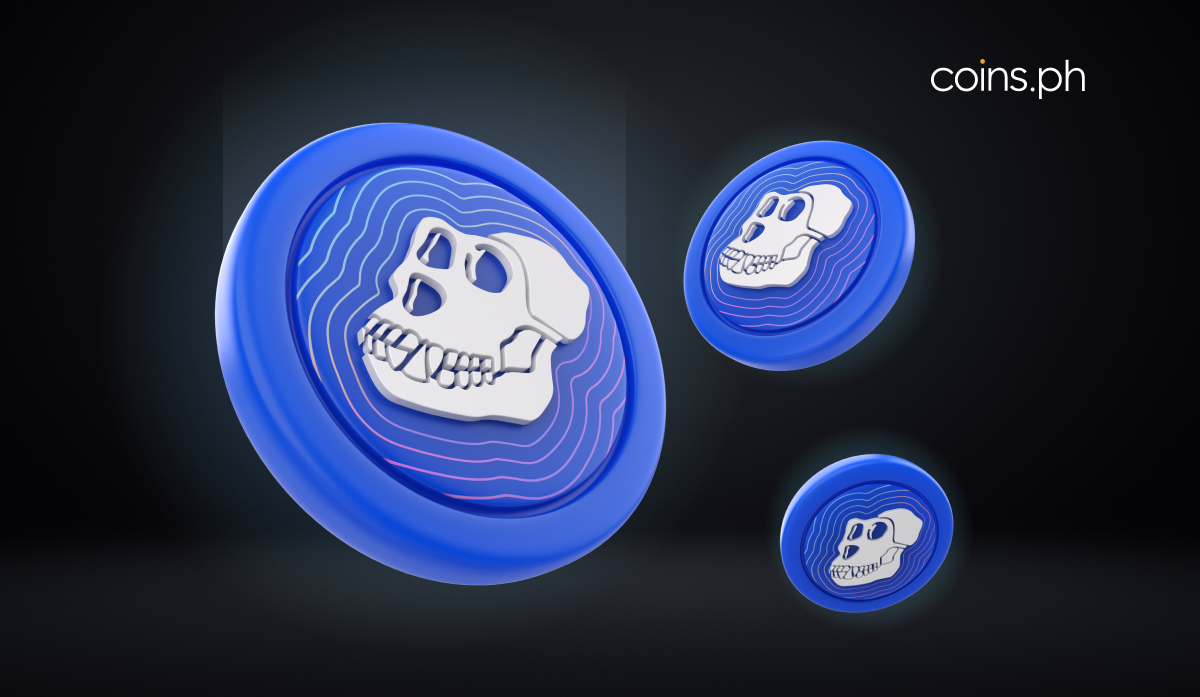
Governance Tokens: Empower players to participate in key game decisions such as updates, economic changes, and future development. Holders can vote on proposals, influencing the game’s direction. Notable examples are APE in ApeCoin DAO for Otherside and GHST in Aavegotchi.
-

NFTs (Non-Fungible Tokens): Represent unique, verifiable in-game assets like characters, skins, weapons, or land. Players have true ownership and can trade these assets on decentralized marketplaces. Popular examples include CryptoPunks in Larva Labs and decentraland LAND in Decentraland.
Utility tokens serve as the primary currency for in-game transactions such as buying items or upgrades. Their value can fluctuate based on supply-demand dynamics and overall game activity. Governance tokens, meanwhile, grant holders voting power over major updates or changes to the game’s ruleset – putting real influence in the hands of invested players. And then there are NFTs: unique digital collectibles representing characters, equipment, land plots, or even entire guilds.
Advanced models go further by integrating mechanisms like staking (locking up tokens for passive rewards), yield farming (earning returns by providing liquidity), and dynamic reward pools to keep players engaged while maintaining balance in the game’s economy. For a deeper dive into these concepts as implemented in live projects today, see this detailed breakdown from Galaxia Studios: Advanced Tokenomics in Fully On-Chain Gaming.
MUD and Dojo: Infrastructure Powering Next-Gen P2E Games
The rise of open-source frameworks like MUD and Dojo has dramatically lowered barriers for developers looking to build robust play-to-earn experiences entirely on-chain. By providing full-stack infrastructure components out of the box – from state management to multiplayer logic – these toolkits let teams focus more energy on creating fun mechanics and less on wrestling with blockchain complexity.
This innovation is already bearing fruit: several fully on-chain games leveraging MUD and Dojo have launched recently with thriving economies and active communities. As highlighted by BITKRAFT Ventures’ analysis (source), this new wave of infrastructure is accelerating experimentation with novel reward systems including interest-bearing deposits and hybrid entertainment/earning models.
While the promise of play-to-earn on-chain games is compelling, developers and communities are grappling with the complexities of sustainable tokenomics. The early days of P2E saw explosive growth, but also volatility and short-lived economies. Today’s leading projects are learning from those lessons, focusing on models that encourage long-term engagement and avoid unsustainable inflation or “pump-and-dump” cycles.
One approach gaining traction is to reward top performers with significant token incentives, while other participants receive cosmetic or utility-based in-game rewards. This creates a sense of competition and achievement without flooding the market with tokens. Games like those described in Pooky’s sustainable tokenomics overview are pioneering these structures, aiming to balance fun gameplay with real value accrual for dedicated players.
Risks and Rewards: What Players Should Know
Transparency and decentralization are core benefits of fully on-chain games, but players should stay informed about potential risks. Not all reward models are created equal; some may inadvertently create perverse incentives or prove unsustainable if not carefully designed. As BITKRAFT Ventures notes, experimental features like earning interest on deposited tokens can introduce new vectors for economic instability if not properly managed (source).
The best play-to-earn on-chain games offer:
Key Features of Sustainable P2E On-Chain Games
-
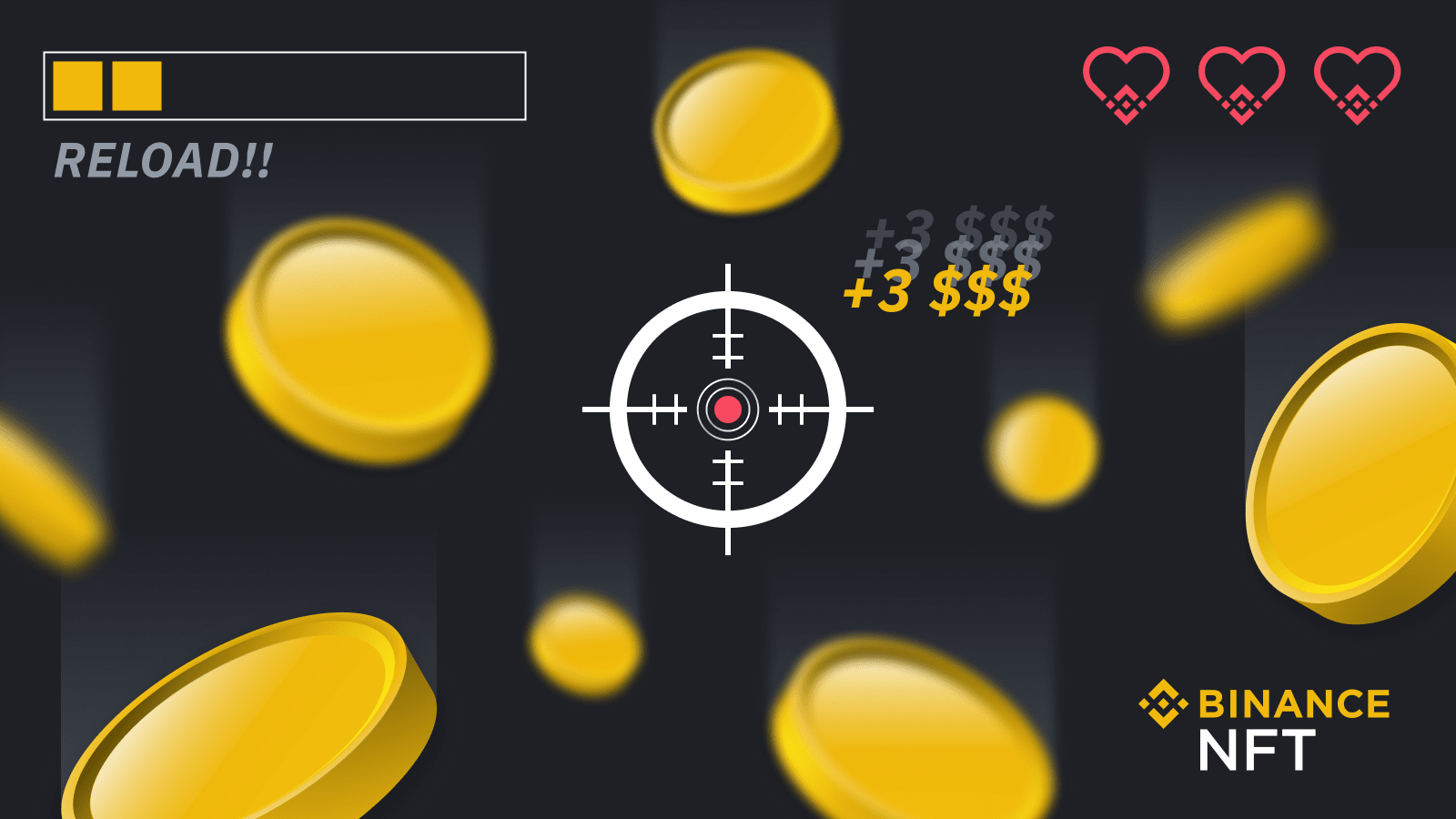
Player-Owned Assets via NFTs: In-game items, characters, and land are represented as non-fungible tokens (NFTs), granting players verifiable ownership and the ability to trade assets on decentralized marketplaces.
-
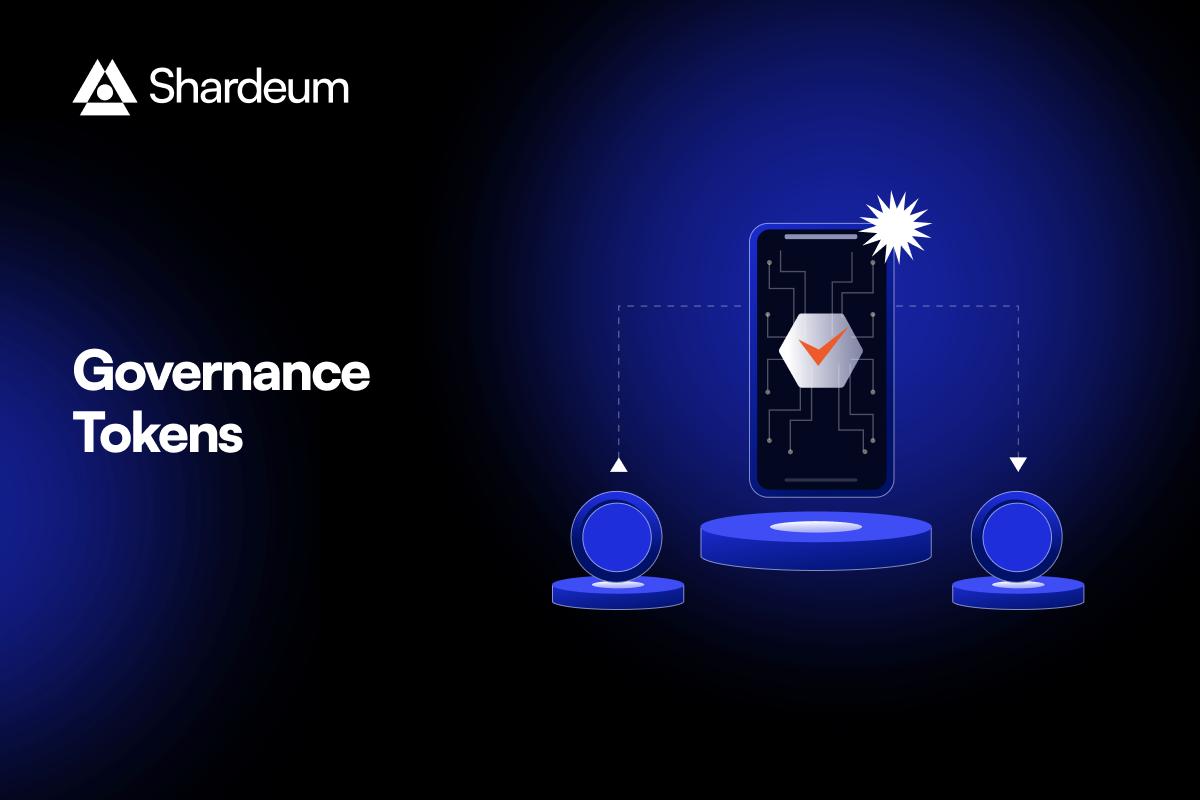
Robust Tokenomics with Utility & Governance Tokens: Sustainable games implement utility tokens for in-game transactions and governance tokens that allow players to vote on game updates, fostering an active and invested community.
-
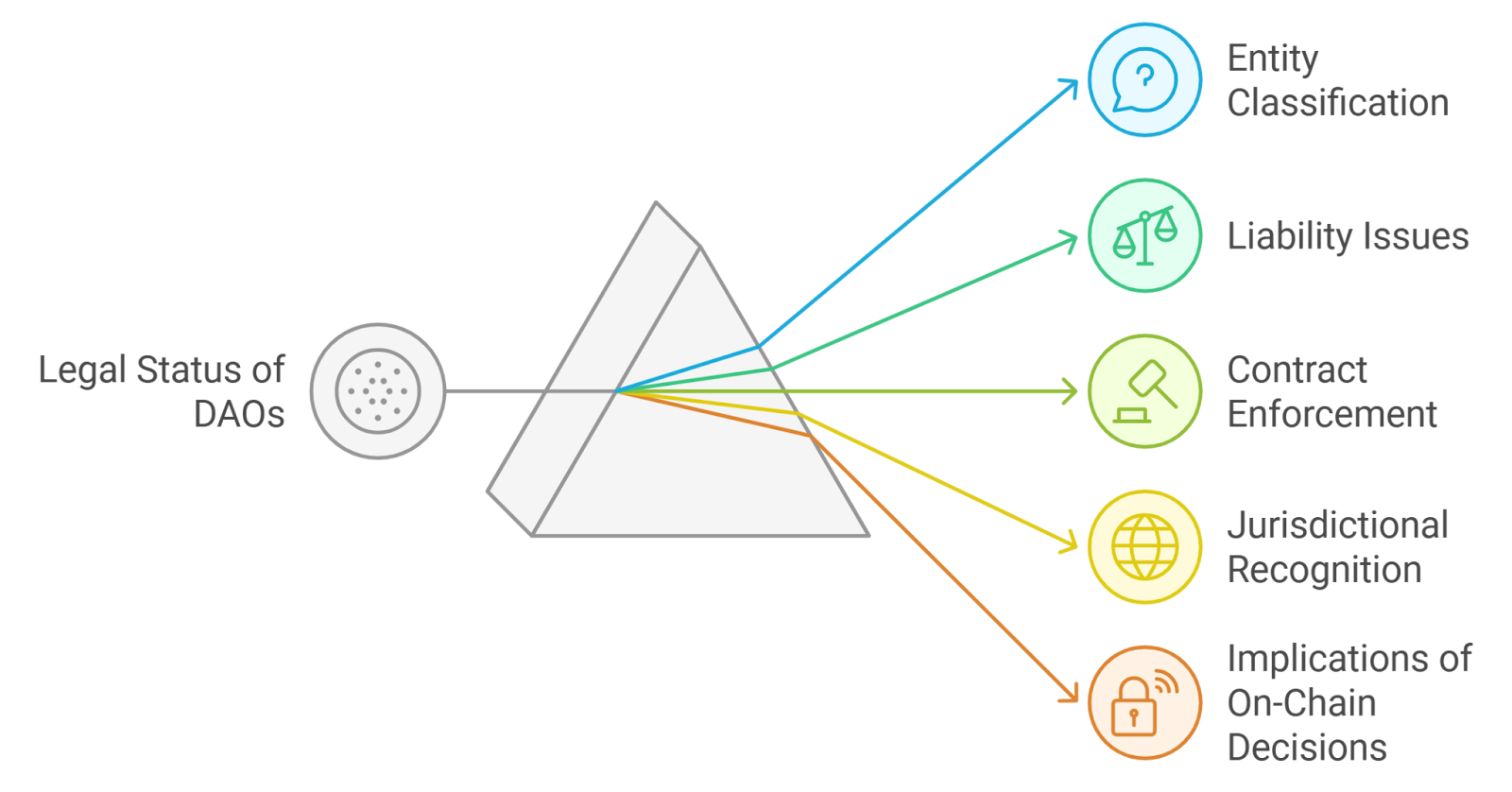
Transparent and Fair Reward Distribution: Rewards such as cryptocurrencies or NFTs are distributed based on on-chain achievements, with all transactions visible and verifiable by anyone, building trust among players.
-
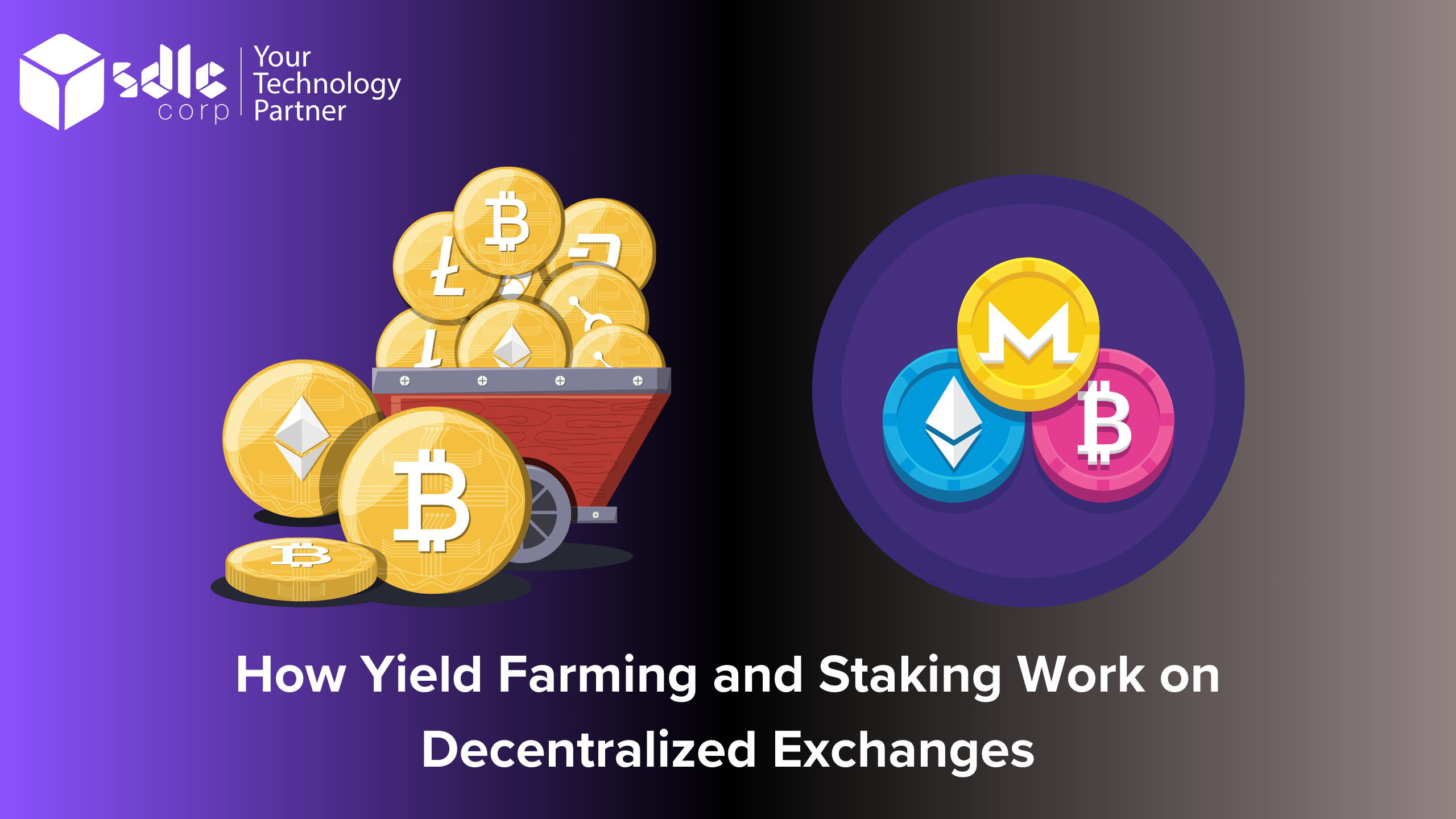
Economic Sustainability Mechanisms: Advanced models like staking, yield farming, and liquidity pools are integrated to incentivize engagement and maintain a balanced in-game economy, as seen in projects like Pooky.
-
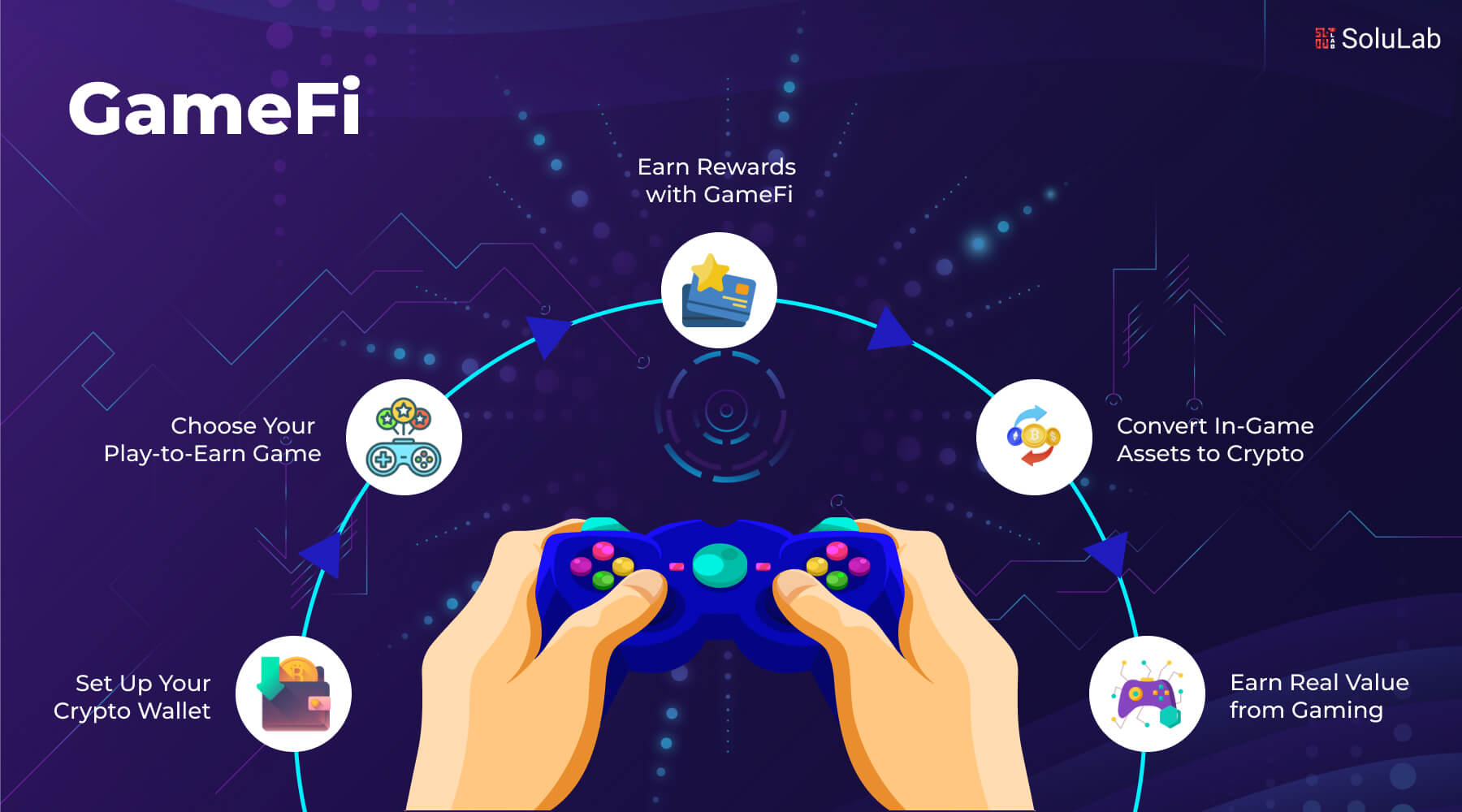
Open-Source Development and Community Involvement: Platforms such as MUD and Dojo promote open-source collaboration, enabling rapid innovation and allowing the community to contribute to game evolution.
For players seeking to maximize their earnings or simply enjoy the thrill of owning verifiable digital assets, it pays to research each project’s economic model, community governance structure, and reward distribution mechanisms before diving in.
Community-Driven Economies and The Future of Web3 Gaming
The evolution of play-to-earn on-chain games is tightly linked to community involvement. With governance tokens in hand, players can propose updates, vote on major changes, or even steer the direction of entire virtual worlds. This participatory model stands in stark contrast to the closed ecosystems of legacy gaming.
The bottom line? Fully on-chain P2E games built with MUD and Dojo aren’t just about earning tokens, they’re about empowering communities to shape dynamic economies where entertainment and value creation go hand-in-hand.
If you’re ready to explore this new frontier, keep an eye out for projects utilizing proven frameworks like MUD and Dojo, and always dig into their tokenomics before investing your time or capital. For more resources on advanced models powering today’s most innovative Web3 gaming experiences, check out this comprehensive guide from Galaxia Studios: Advanced Tokenomics in Fully On-Chain Gaming.



